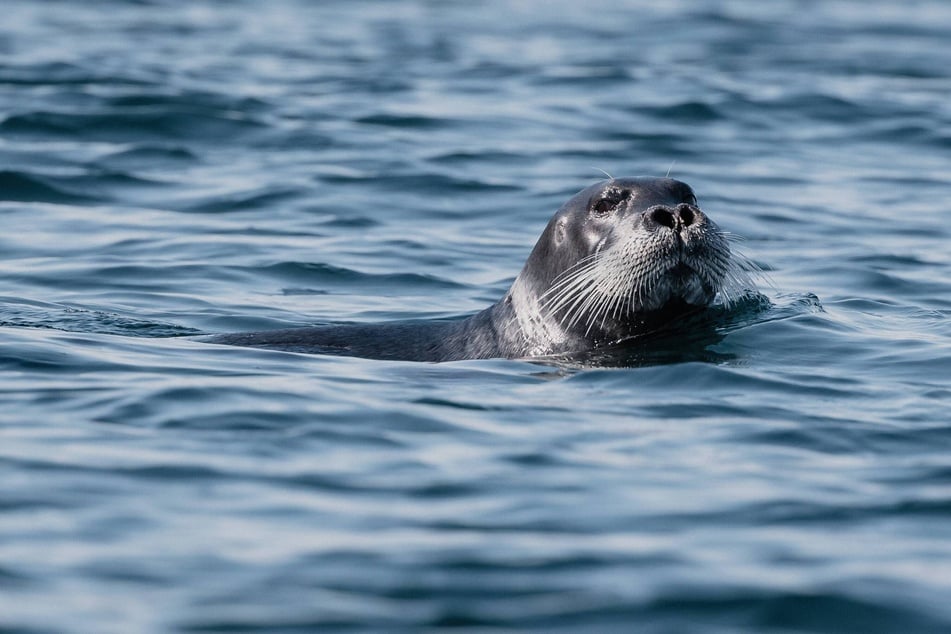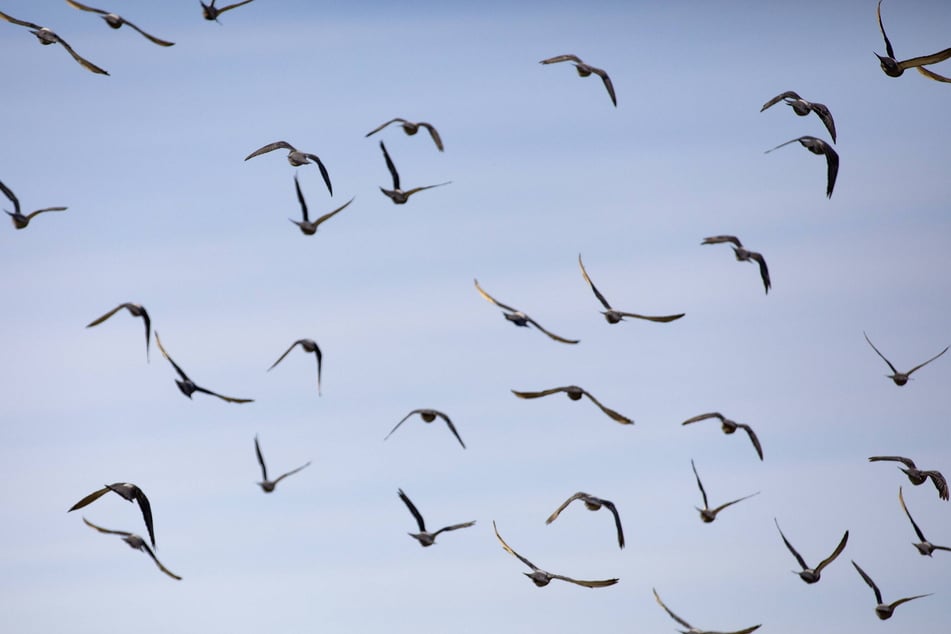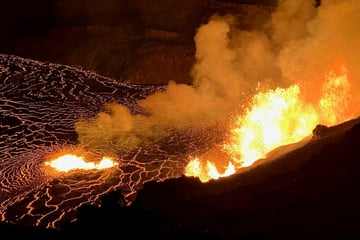New "red list" of endangered species spells trouble for seals and birds
Abu Dhabi, UAE - Arctic seals and birds are coming under increasing threat, mainly due to climate change and human activity, according to an updated list of endangered species released Friday by the world's top conservation body.

It cited habitat loss driven by agricultural expansion and logging as a threat to birds, while seals were at risk mostly due to global warming and human activities including maritime traffic.
The International Union for Conservation of Nature (IUCN) announced at its World Conservation Congress in Abu Dhabi that it had downgraded the status of the hooded seal from vulnerable to endangered, while bearded and harp seals are now classified as near threatened.
"The IUCN Red List now includes 172,620 species of which 48,646 are threatened with extinction," it said.
Global warming is destroying the natural habitat of animals including seals that live in the icy cold parts of the world.
Maritime traffic, mining and oil extraction, industrial fishing, and hunting are among other risks to the species.
"Global warming is occurring four times faster in the Arctic than in other regions, which is drastically reducing the extent and duration of sea ice cover," the IUCN said.
"Ice-dependent seals are a key food source for other animals," it added. They "play a central role in the food web, consuming fish and invertebrates and recycling nutrients" and are one of the "keystone species" of their ecosystem.
Bird species see declining populations

The red list's birds assessment was the fruit of nine years of work by "thousands of experts."
"Overall, 61% of bird species have declining populations – an estimate that has increased from 44% in 2016," the IUCN said.
It studied thousands of bird species worldwide and found that "1,256 (11.5%) of the 11,185 species assessed are globally threatened."
This year's update focused on regions where the destruction of tropical forest poses a growing threat to birds.
In Madagascar, 14 species were classified as near threatened and three others were labeled vulnerable.
In West Africa, five bird species were found to be near threatened in addition to another in Central America.
The report also mentioned a positive development. The green turtle is no longer endangered, it said, citing "decades of sustained conservation action" that saw its population soar by 28% since the 1970s.
Cover photo: IMAGO / SNA

